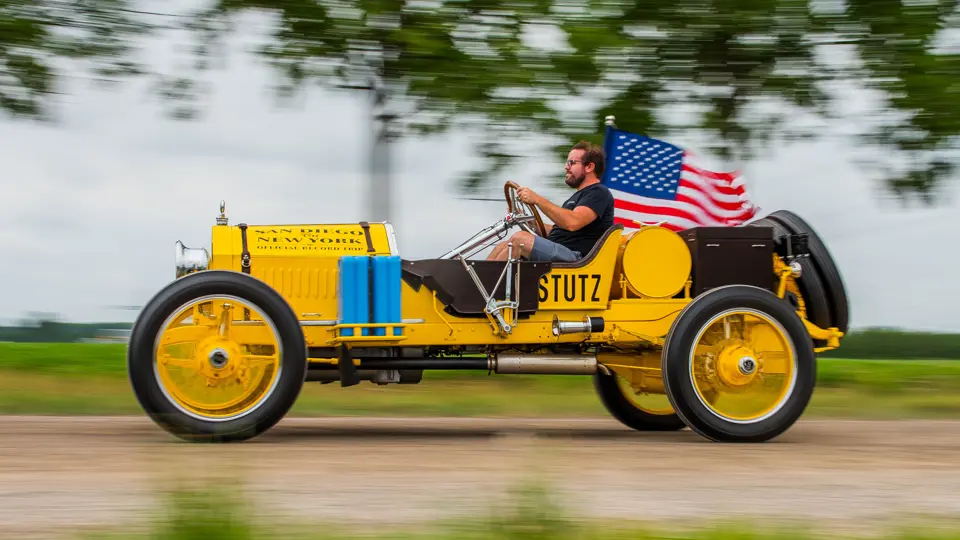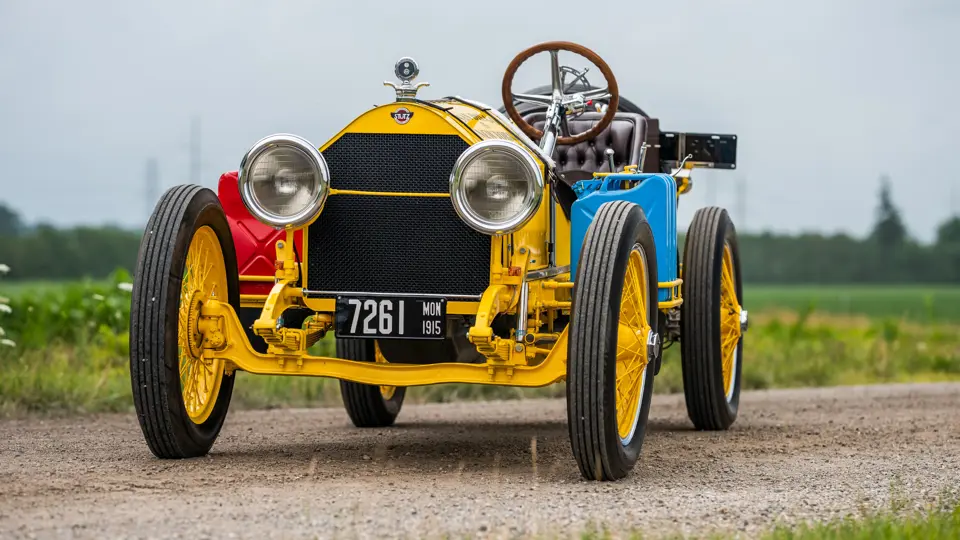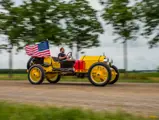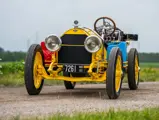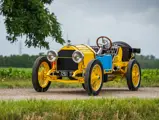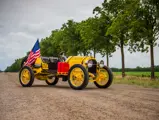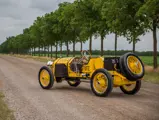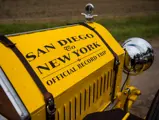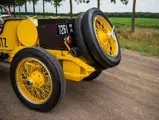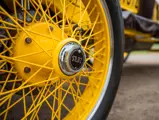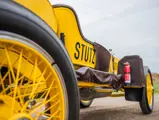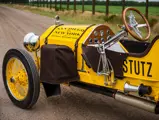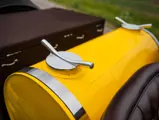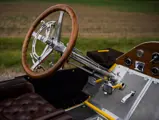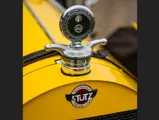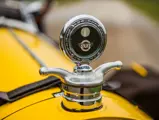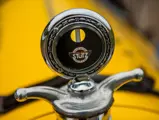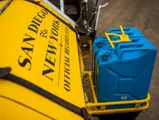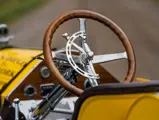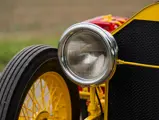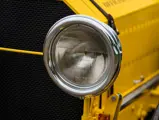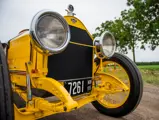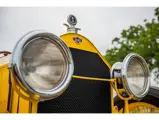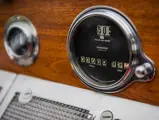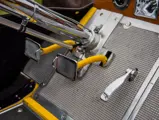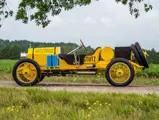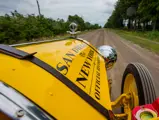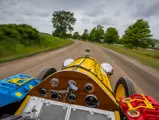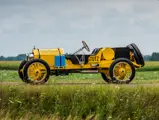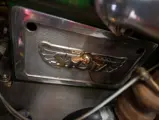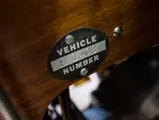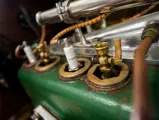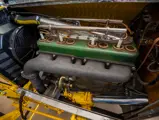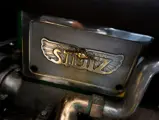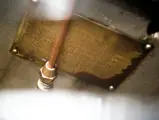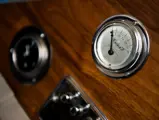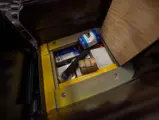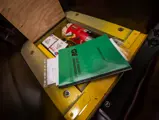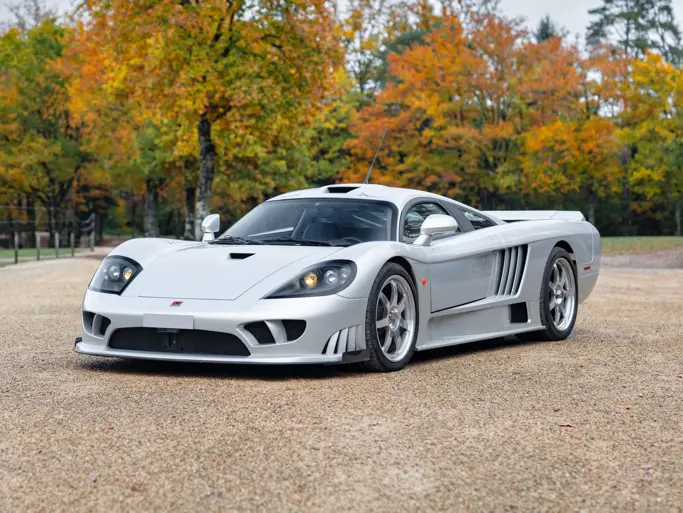
1918 Stutz Bearcat "Cannonball Baker" Recreation
{{lr.item.text}}
$143,000 USD | Sold
{{bidding.lot.reserveStatusFormatted}}
- Impressive recreation of the legendary Bearcat
- Built to resemble Cannonball Baker’s 1915 coast-to-coast record-setting car
- Meticulous five-year restoration by renowned marque specialists completed in 2012
- Designed to compete on long-distance endurance events; discretely upgraded with some modern mechanical components
- Documented build; accompanied by restoration invoices and photos
- Exciting tribute to one of the most famously celebrated models of the Brass Era
In 1911, Harry Stutz entered a car at the inaugural Indianapolis 500, finishing 11th against established marques Fiat, Lozier, Mercer, and Mercedes-Benz. On the back of this success, he founded Stutz with the promise of speed, build quality, and sporting sensibilities. A model built on a 120-inch wheelbase that closely matched the Indianapolis racecar was dubbed “Bearcat.” Lightweight, well-balanced, and possessing an impressive power-to-weight ratio like its namesake, it won an astonishing 25 of the 30 races it campaigned in 1912.
Representing the zenith of American automotive performance, the Bearcat exploded onto the American sporting scene and quickly became a highly desirable status symbol; its $2,000 price tag was almost the price of four Model Ts. In 1915, Erwin “Cannonball” Baker chose a stripped-down version for his cross-continental challenge. Leaving San Diego with a Colt .45 strapped to the steering column, he arrived in New York 11 days, 7 hours, and 15 minutes later—smashing the record by two days and thereby sealing the Bearcat’s legendary reputation on the original “Cannonball Run.”
This impressive Stutz Bearcat recreation bears all the hallmarks of Baker’s car. In 2007, chassis number S1408 (a 1918 Stutz Bulldog S seven-seat tourer) was sent to the distinguished marque specialist Paul Freehill in Fort Wayne, Indiana. The world’s foremost Stutz expert, Mr. Freehill has won multiple awards at the Pebble Beach Concours d’Elegance.
The brief was to restore and rebuild the car in the style of Baker’s 1915 Bearcat for use in the most demanding intercontinental endurance events. While it is noted that this car is equipped with the upgraded, more-powerful 16-valve engine Stutz designed in 1917, and that the car was converted to left-hand drive (safer on most of the world’s roads), Mr. Freehill created an exacting visual replica of the original stripped-down 1915 Bearcat. The touring body was removed, and the chassis shortened to a 120-inch wheelbase. A new engine block was specially cast to the same specification of the original, a new sump case sourced, and six new wheels built.
Some modern mechanical components were discretely installed to provide greater reliability on long-distance events. A switch-activated overdrive was fitted to the transaxle to reduce vibration at higher speeds, and the electrical system was improved with a modern distributor powered by a dual-battery set-up. Retaining its traditional period housing crowned with an original Stutz mascot, the radiator was rebuilt using a modern core with a military-grade fan and automatic thermostat. The engine mounts were insulated with rubber cushions, and Bilstein shocks and disc brakes fitted to the rear wheels to cope with stop-start modern traffic.
The cockpit was appointed with rebuilt instruments, button-quilted leather upholstery, polished aluminum “waffle” floorboards, and halogen-bulb interior lamps. American black walnut was used to dress the dashboard, matching the attractively fashioned four-point sports steering wheel. A wide footrest adds comfort to long days of driving. The restoration was capped with the fixture of a pair of rare, handsomely restored antique 1915 Montana license plates that desirably completes the right look.
Following Mr. Freehill’s unfortunate passing towards the end of the build in May 2011, the balance of work was assumed by LaVine Restorations in Nappanee, Indiana. Further useful conveniences include storage space for water bottles/documents and charging sockets for electronic devices/headphones for inter-cockpit communication. There is a lockable square-edged travel trunk, concealed cupboard for tools, and a comprehensive set of spares. Hooks and netting enable extra luggage to be secured, and there are detachable mounting brackets for spare water/fuel tanks. A mounting for a rearview mirror enhances safety, small discreet detachable canvas screens protect the footwells, and there are storage boxes under the seats to secure personal belongings within the cockpit.
Well-maintained but barely driven since it was rebuilt, this carefully considered and precisely executed recreation would make an outstanding candidate for entry on almost any Brass Era touring event or long-distance endurance rally. Given the car’s build pedigree by the leading authority on Stutz and its upgraded mechanical condition, the future caretaker should expect thousands of miles of trouble-free motoring.
Known in Stutz circles as the “Cannonball Bearcat,” this car represents an opportunity to enjoy the visceral appeal of the Bearcat’s thrilling performance characteristics. Because the fate of the original car to which it pays homage has been lost in the mists of time, this exciting recreation uniquely extends the same sense of freedom afforded to Baker as, racing flat-out, he shot across the great American continent back in 1915.




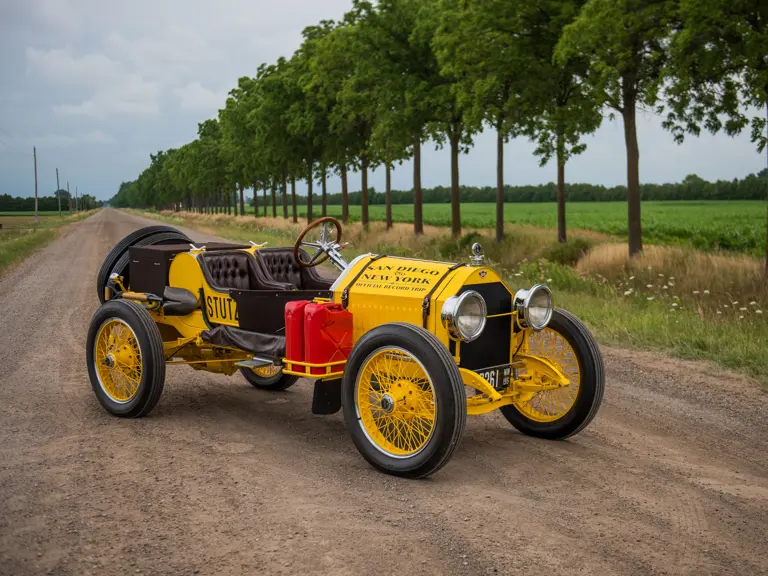
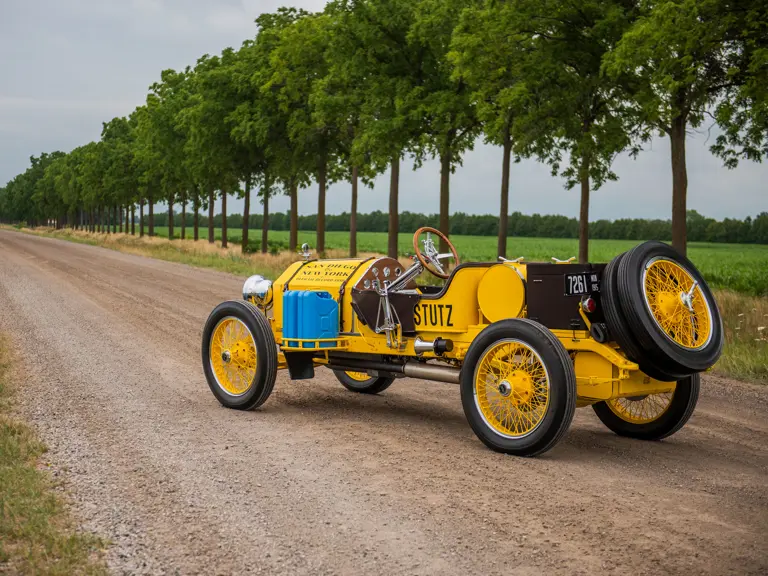
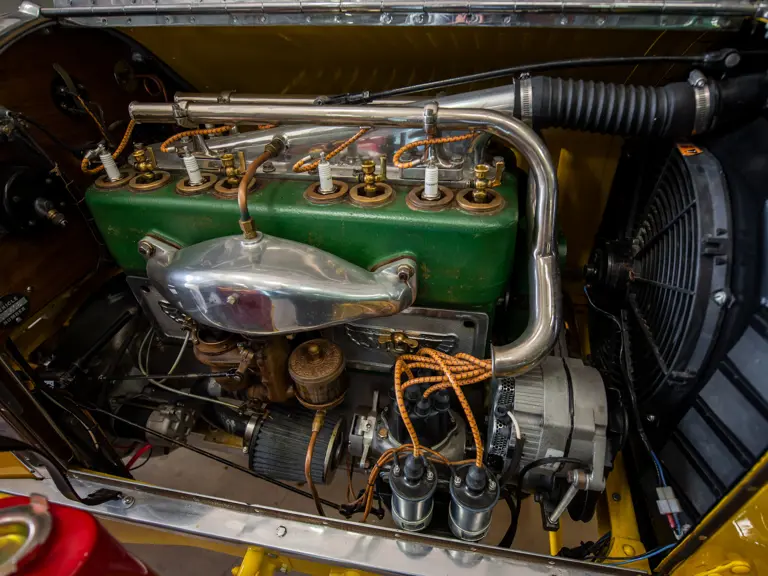

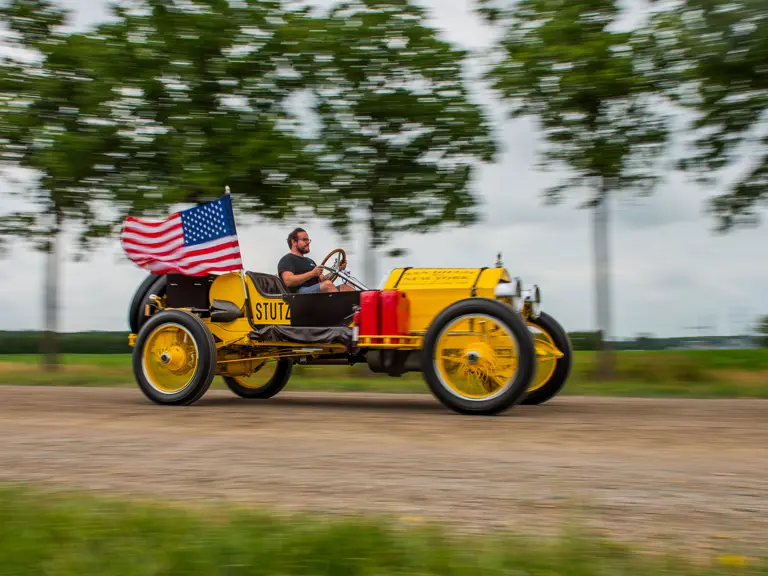
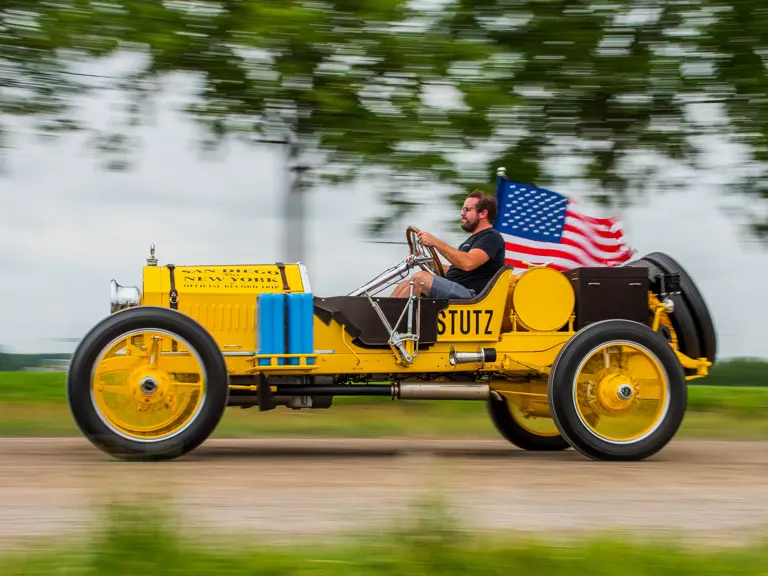

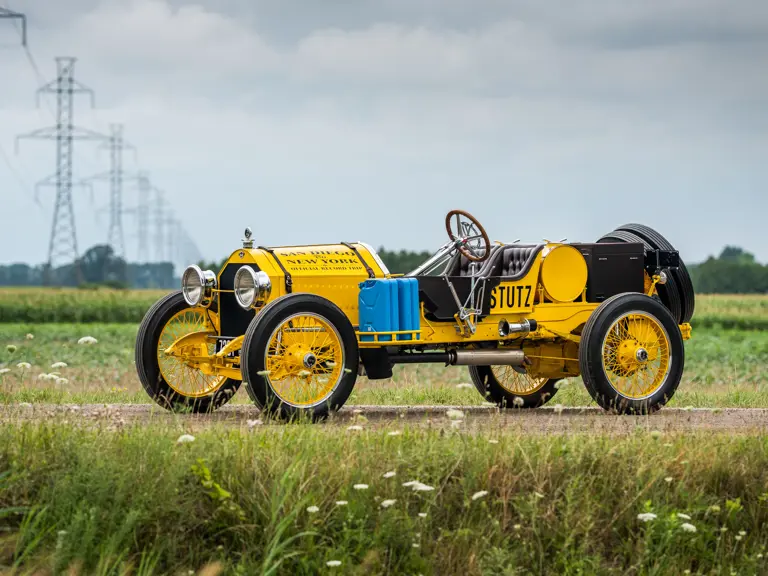
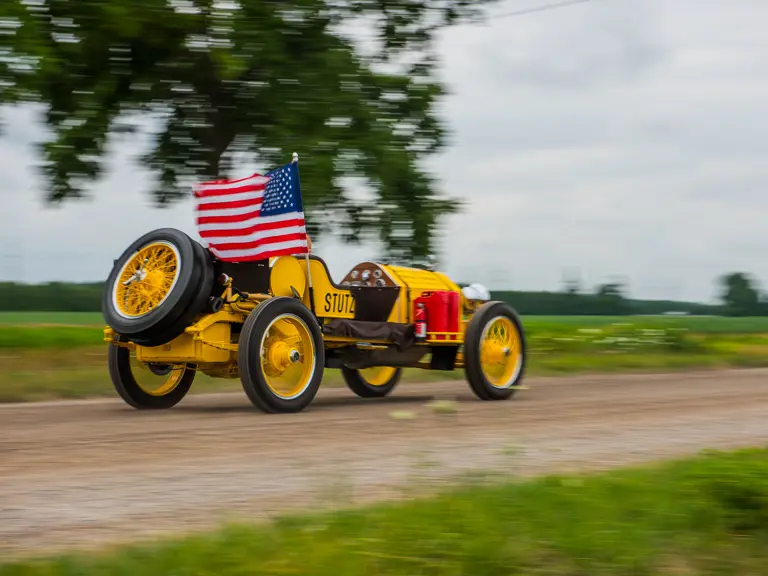

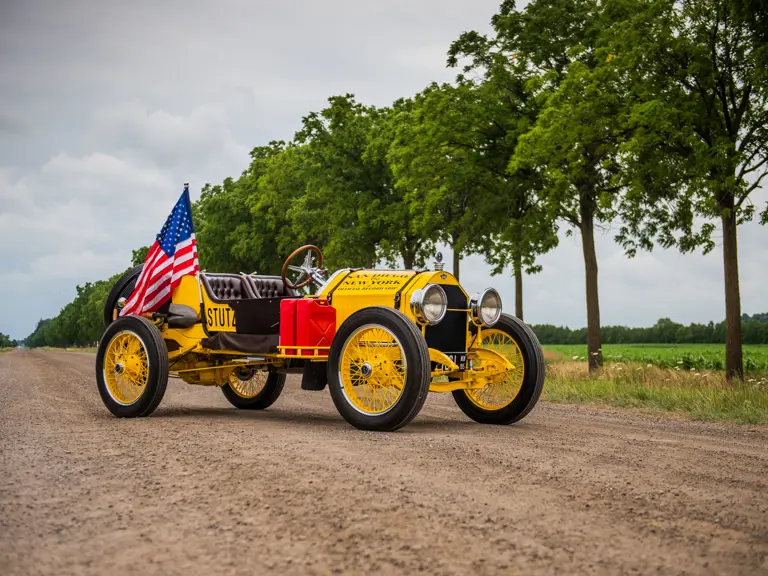
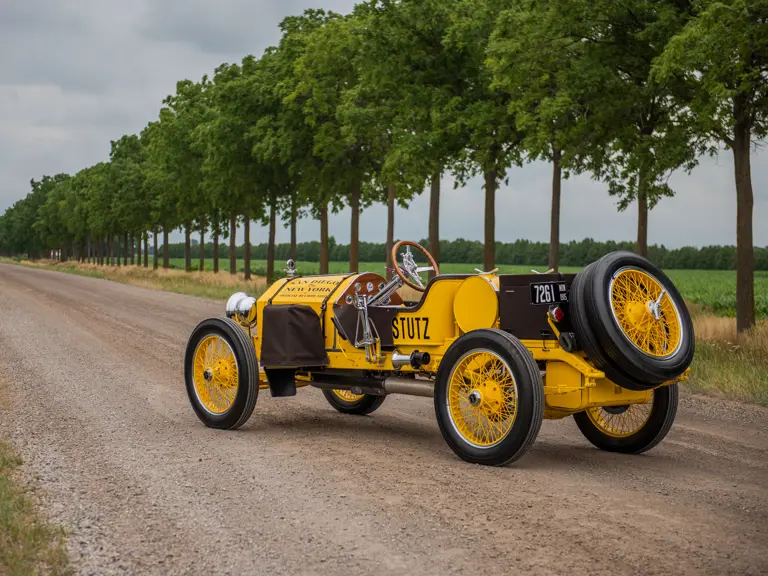
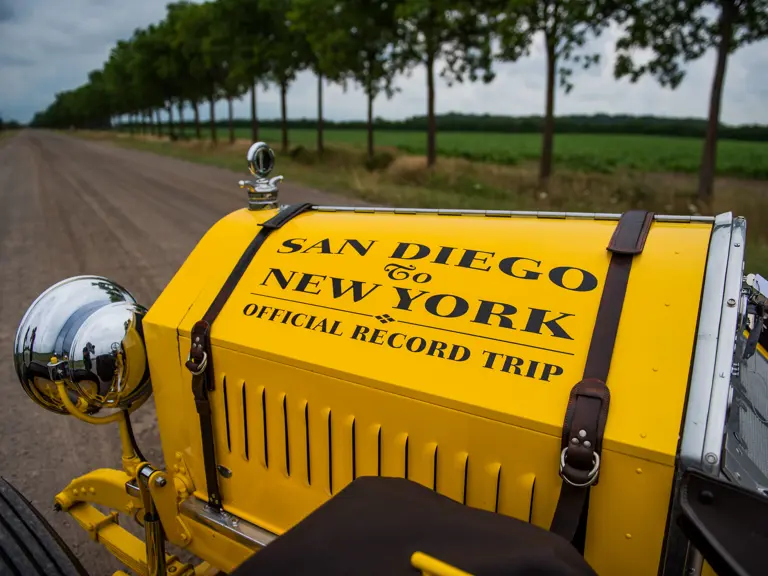
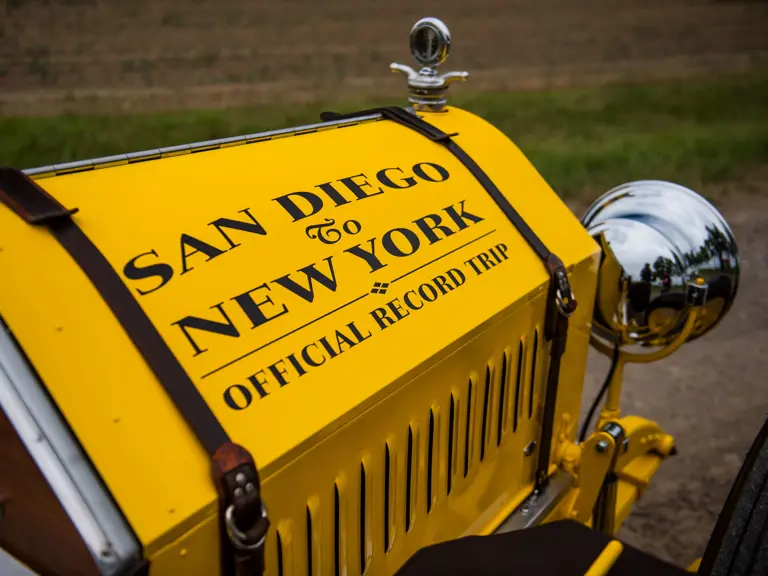
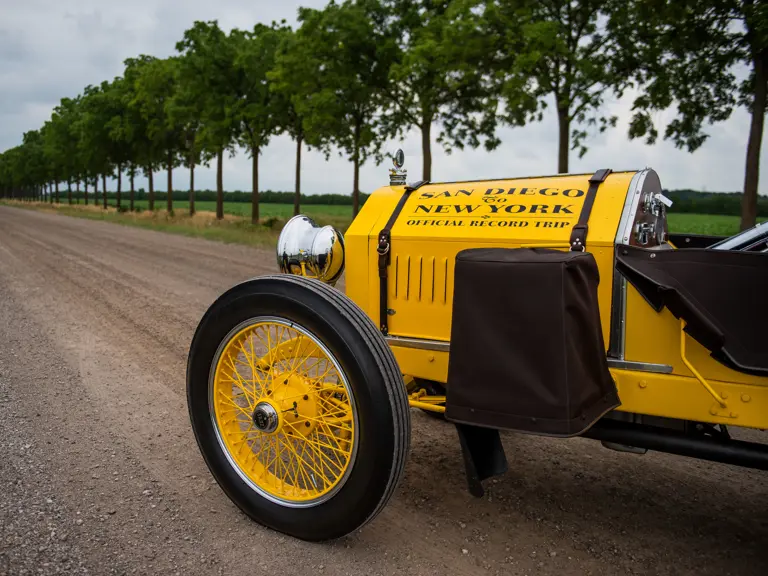

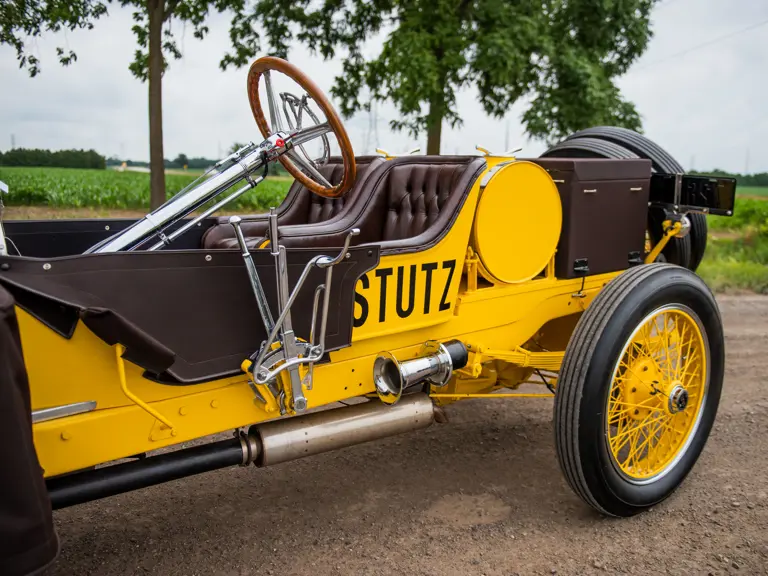
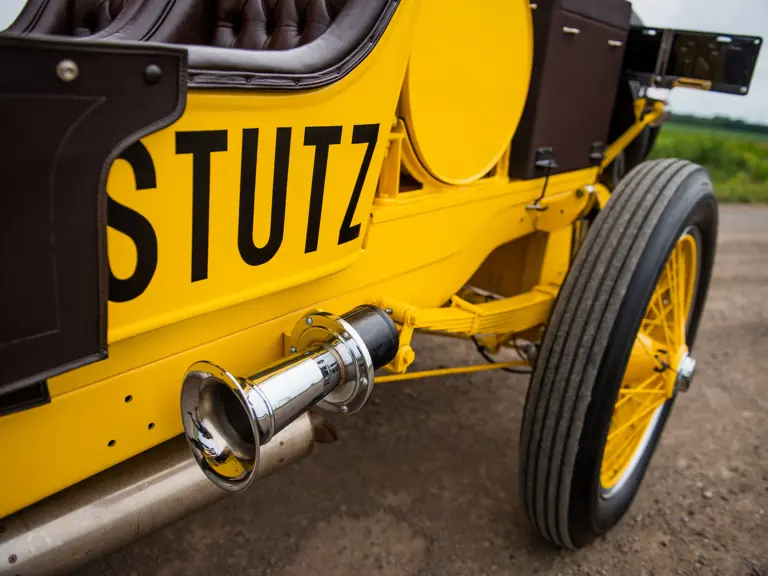
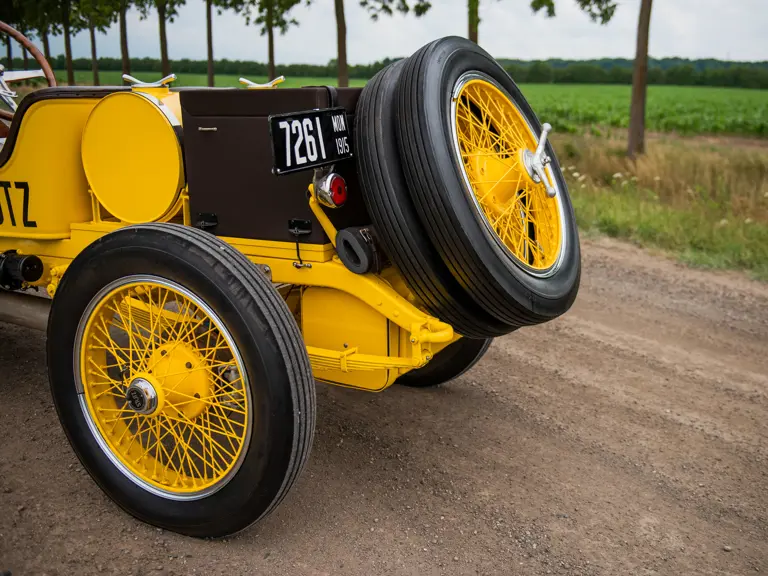
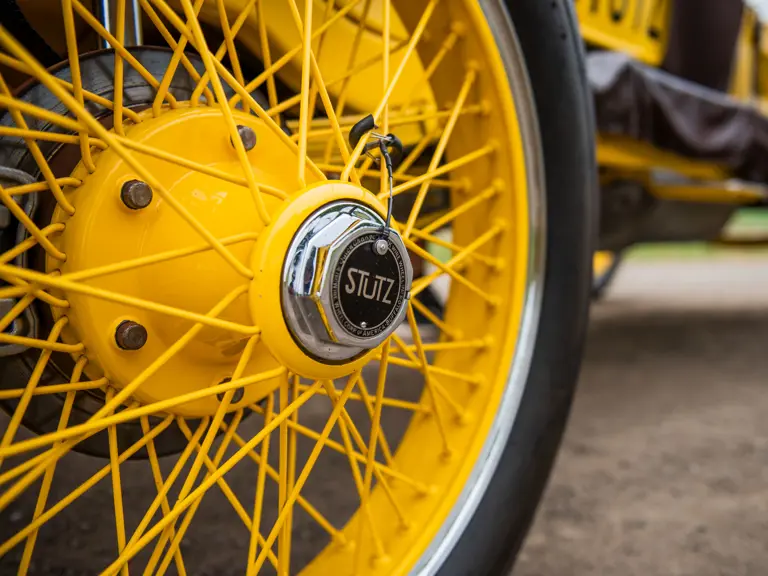
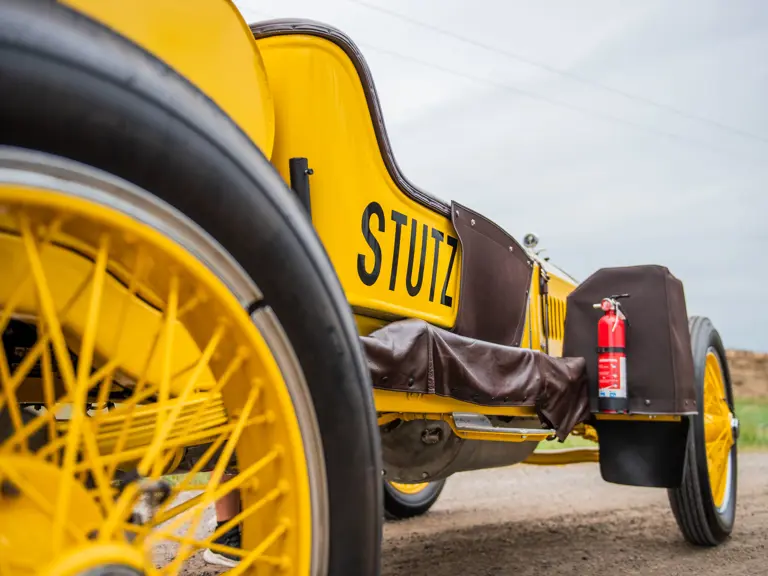

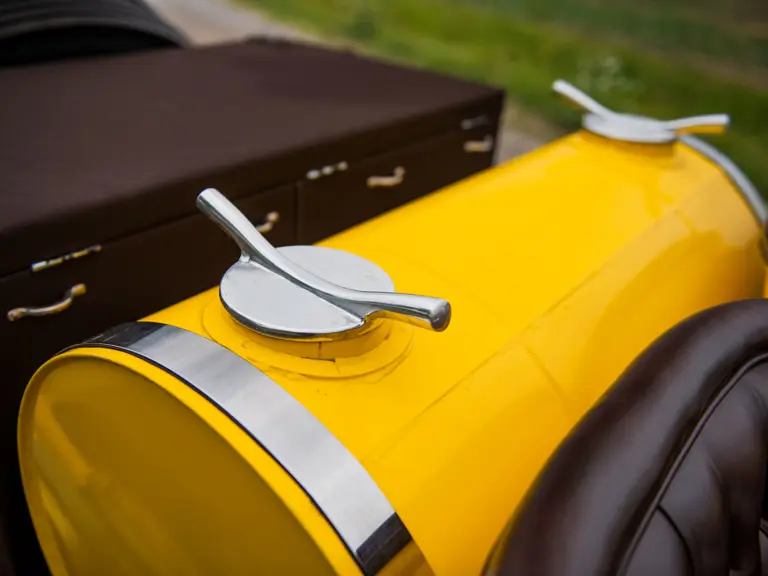
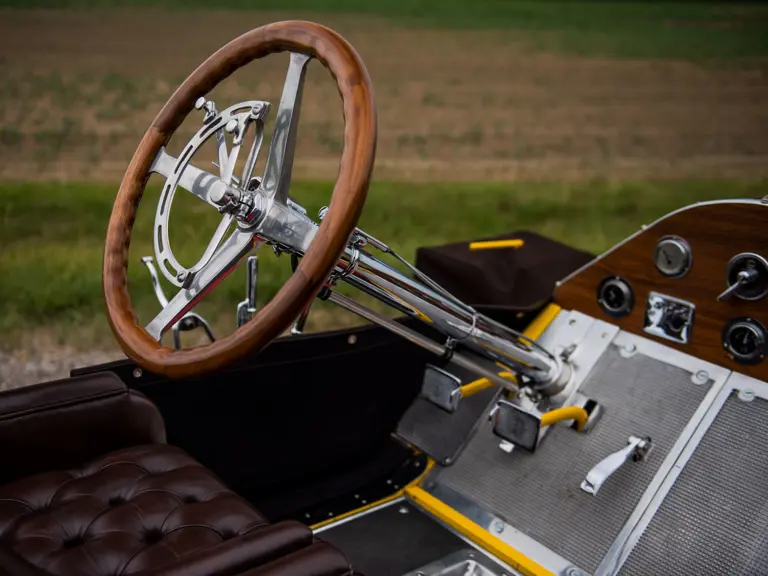
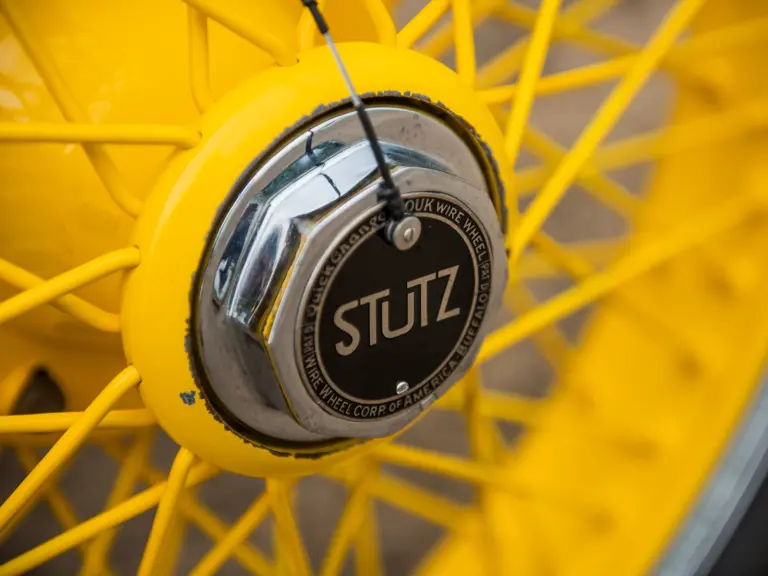
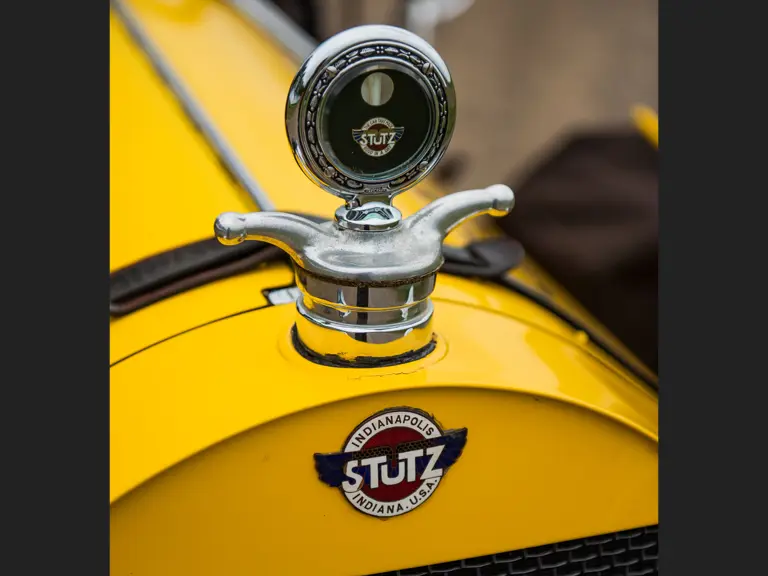
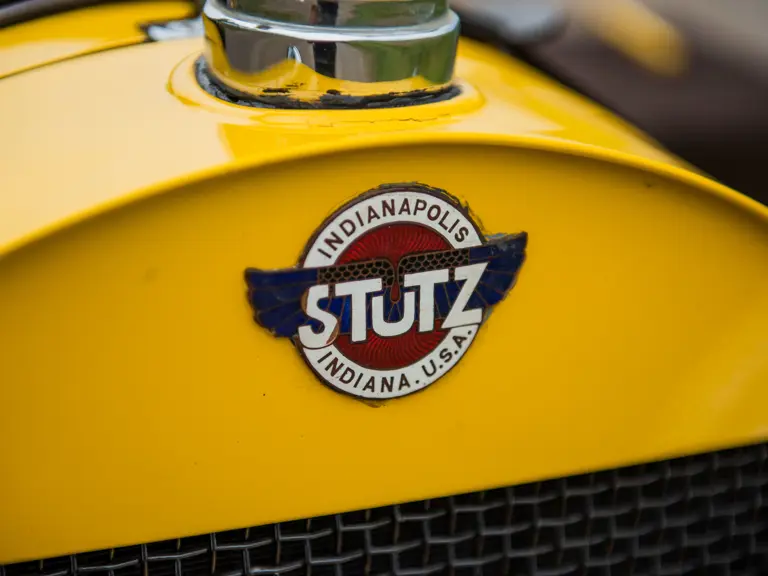

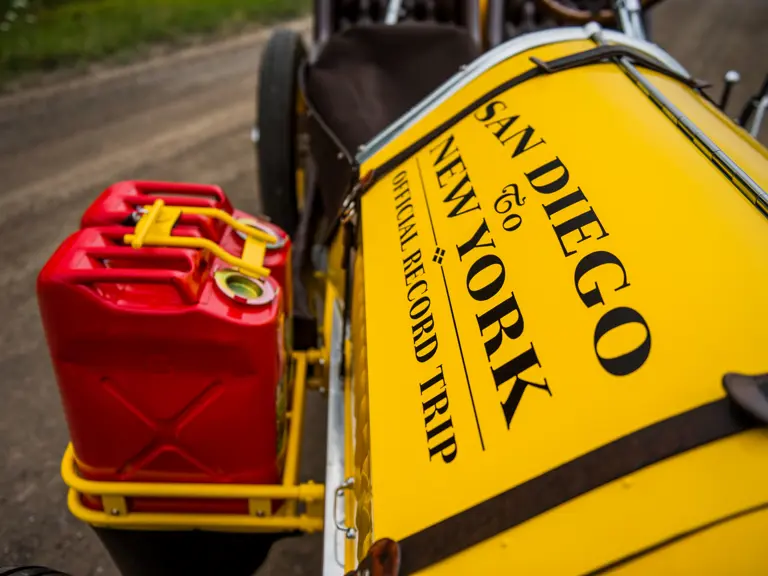
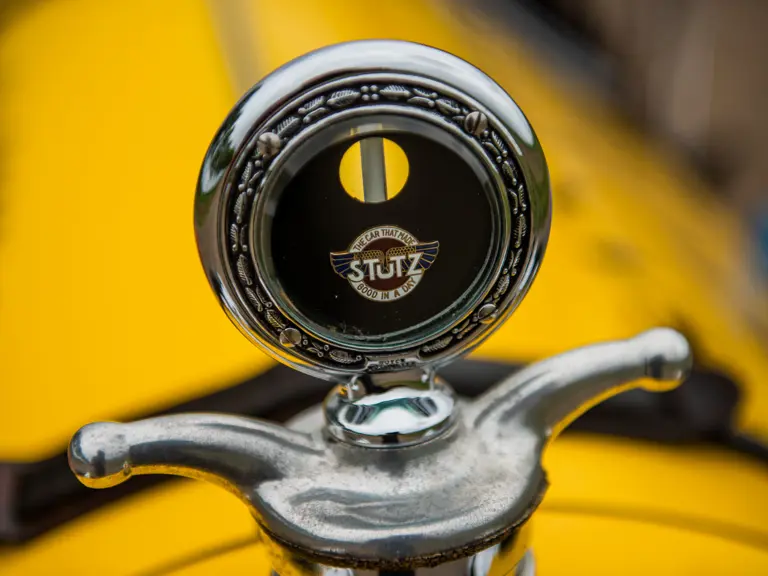
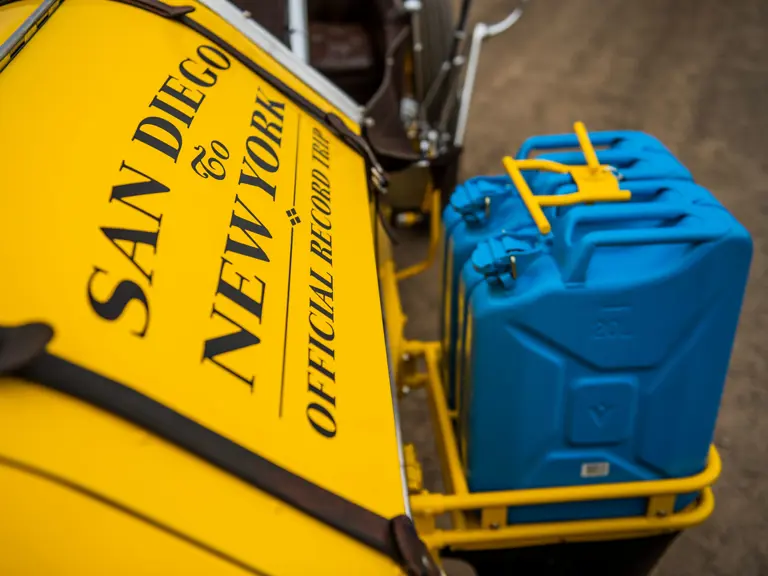
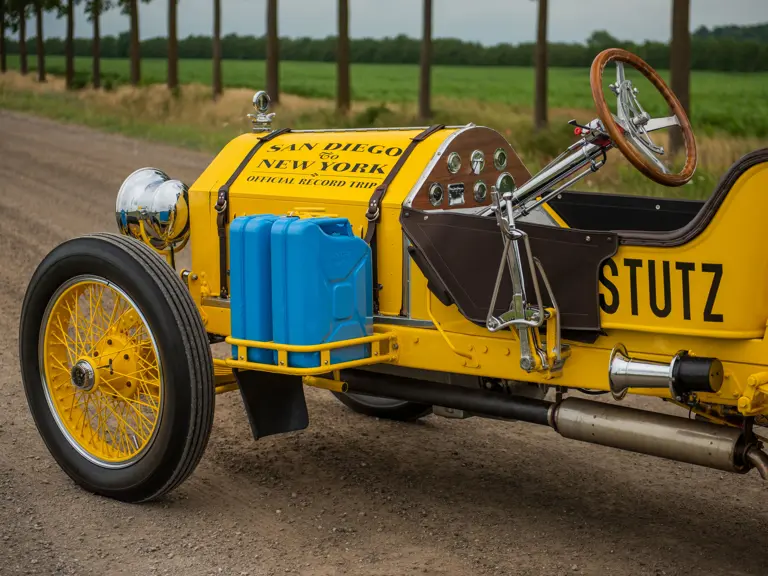
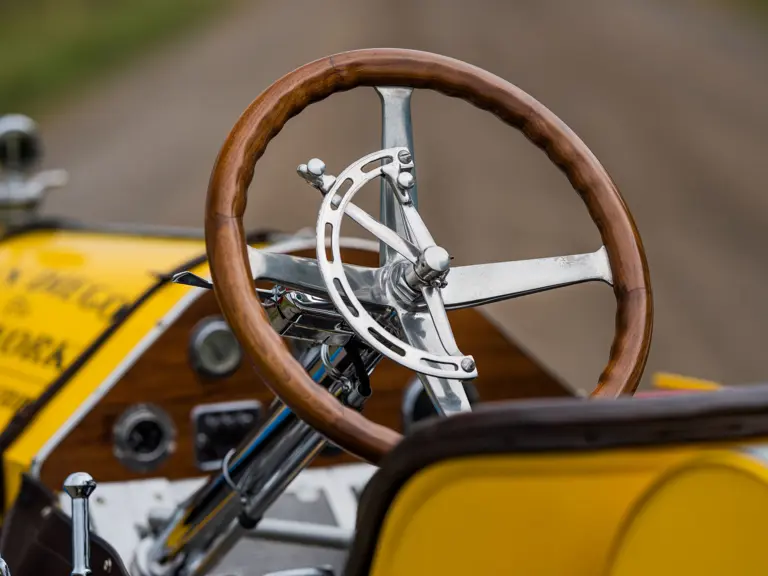

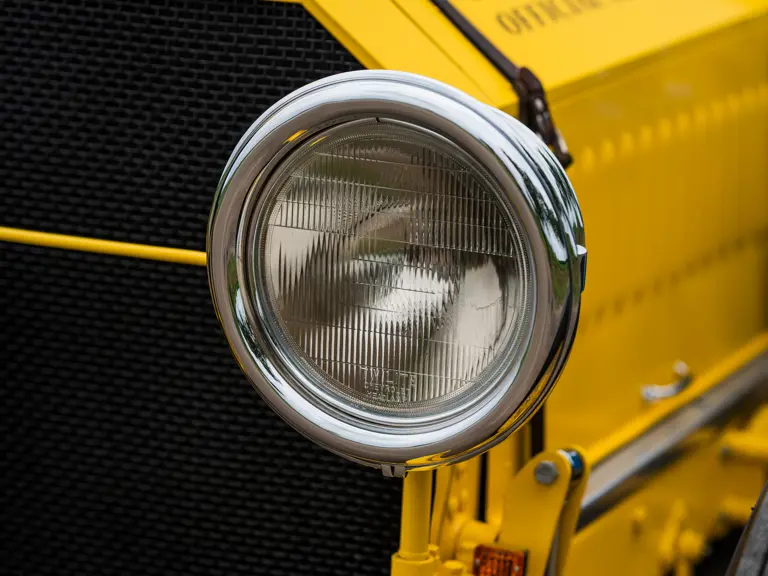

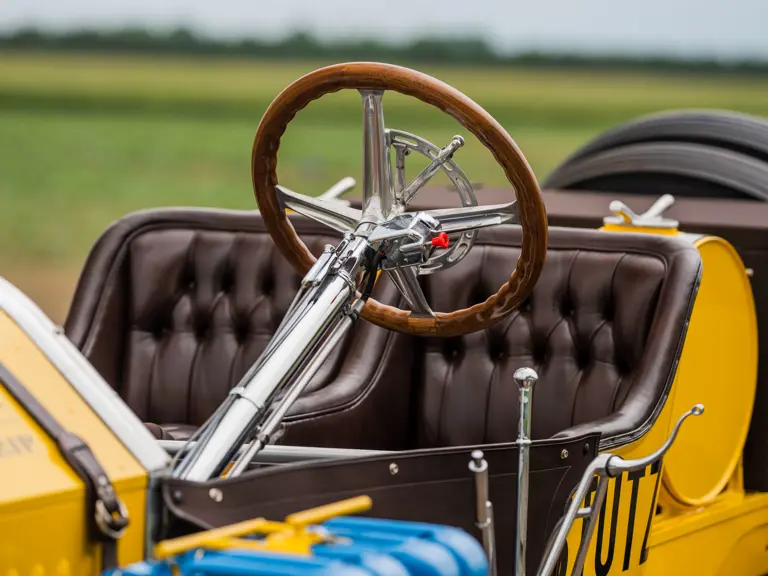
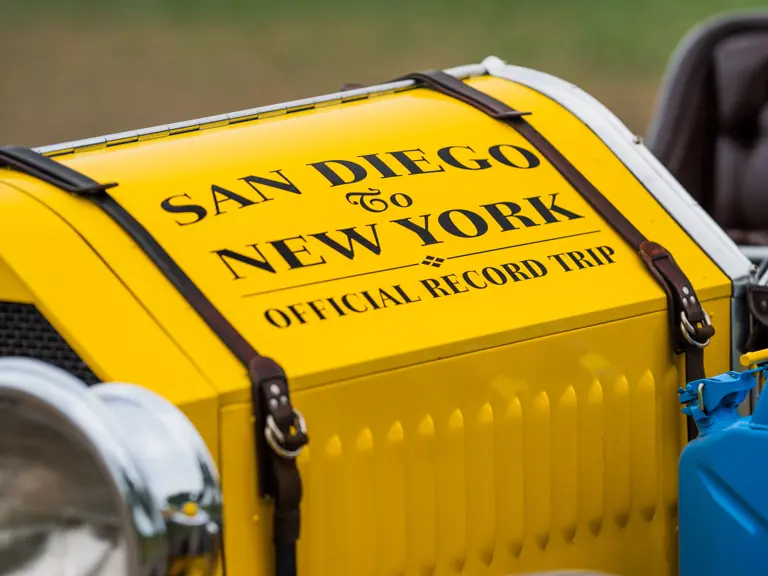

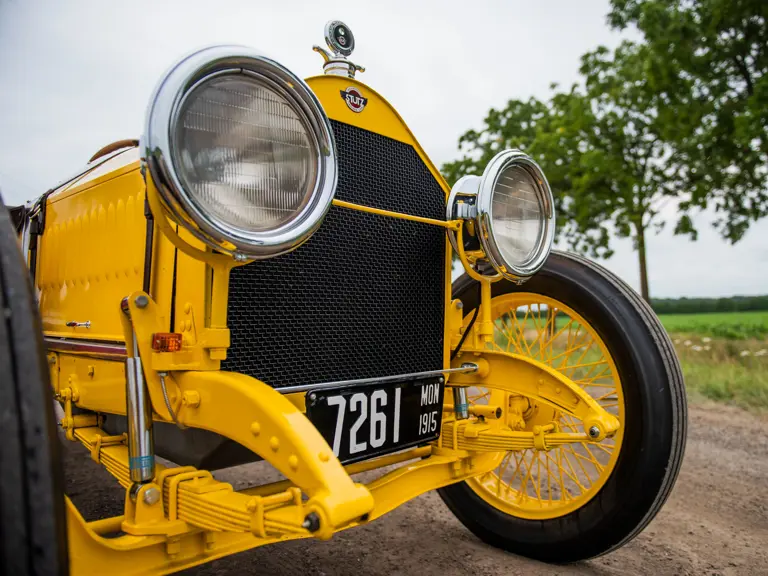
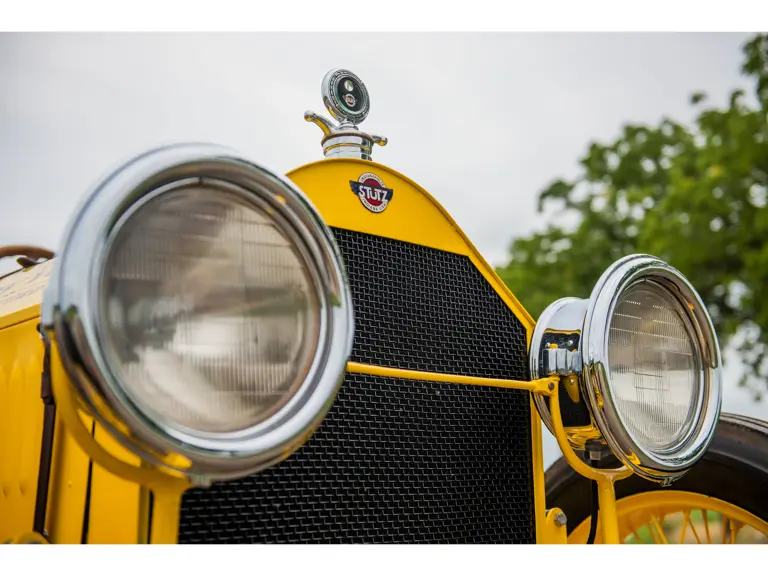

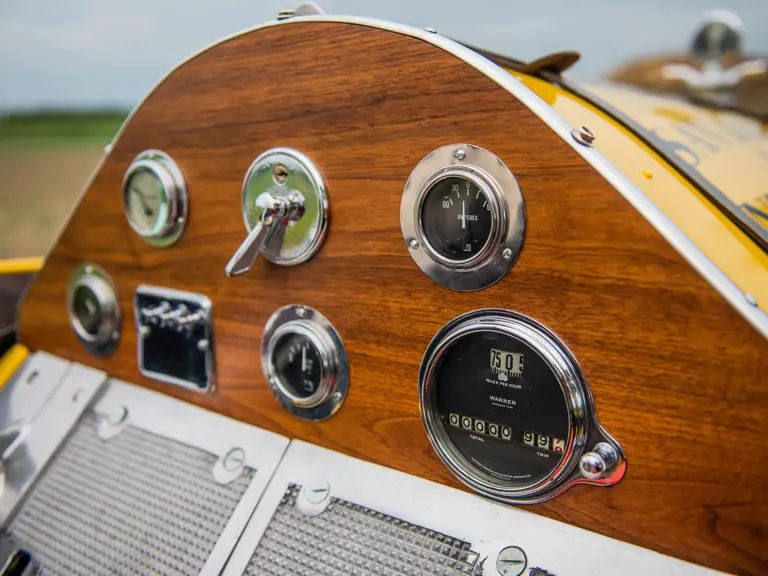
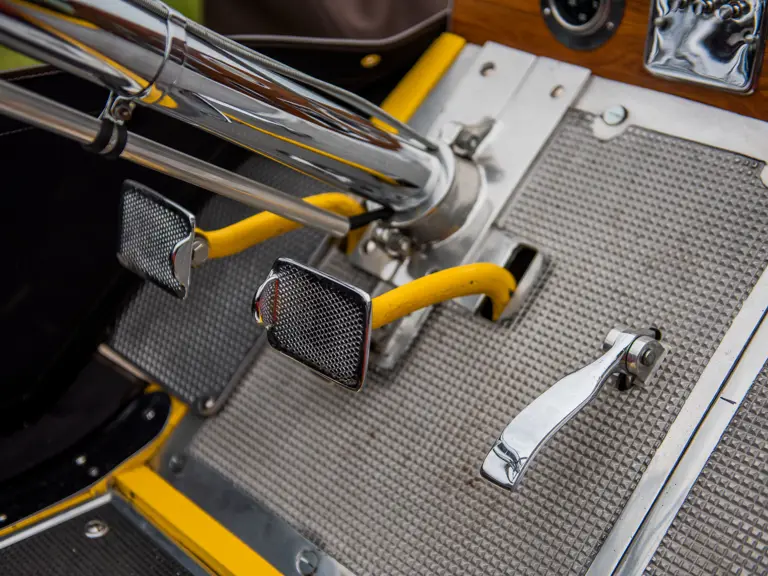

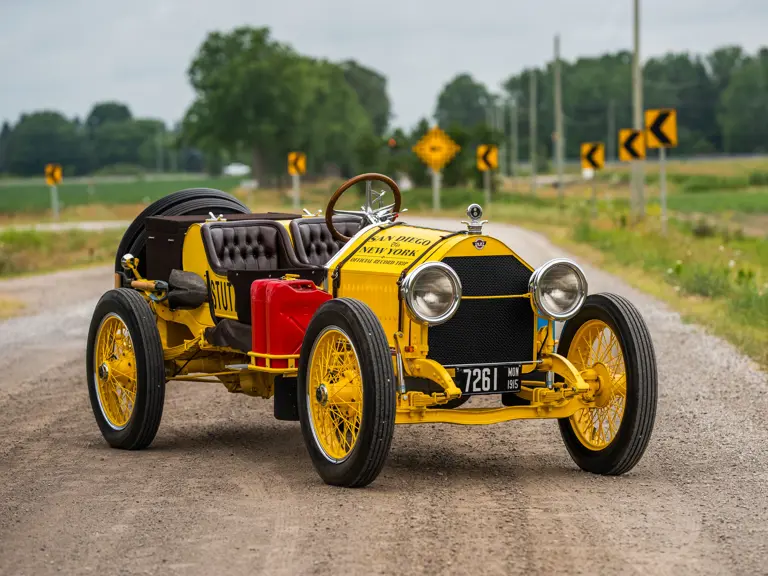
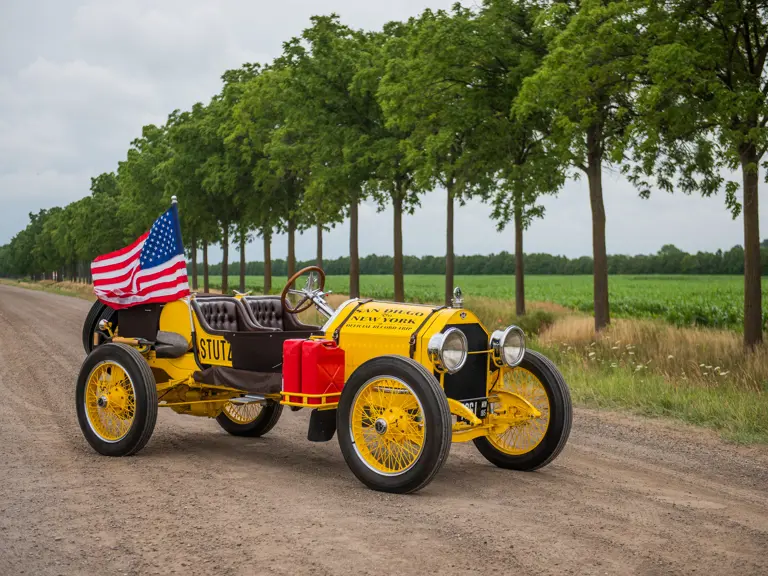
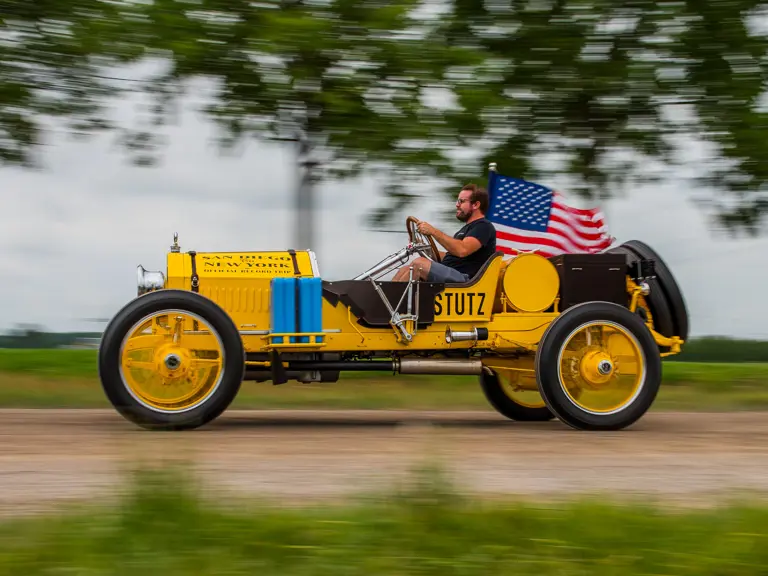

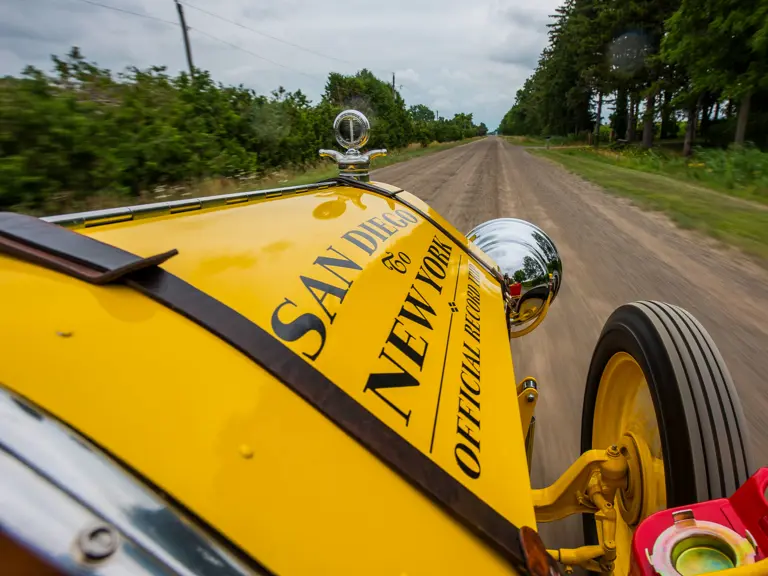


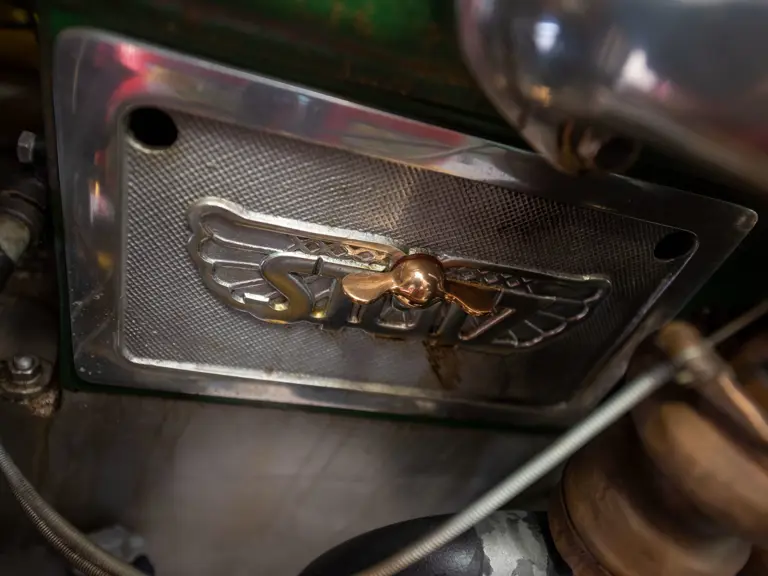
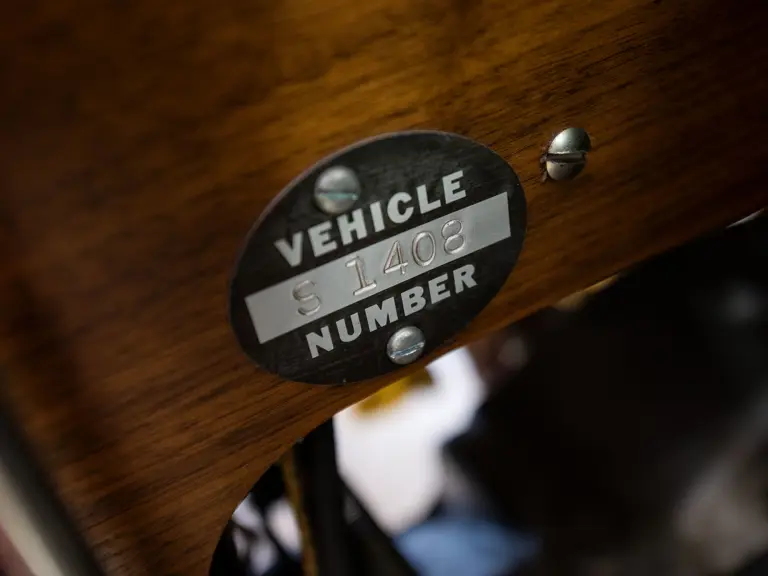
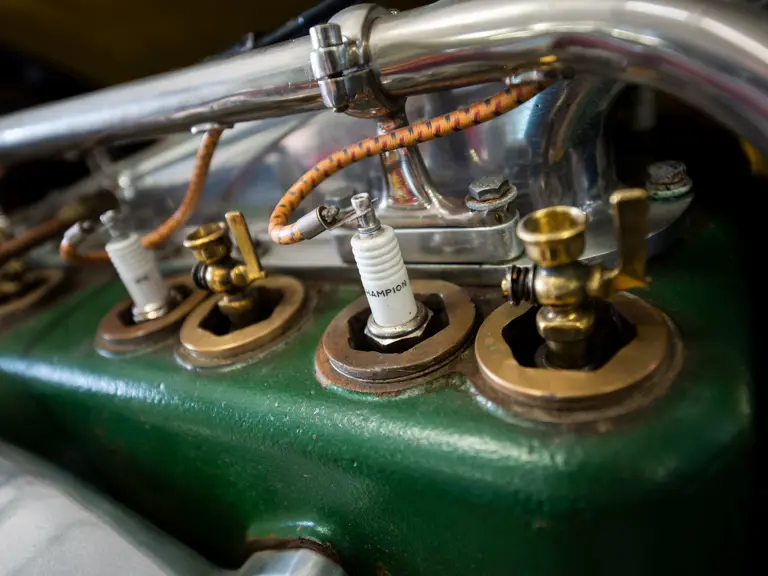

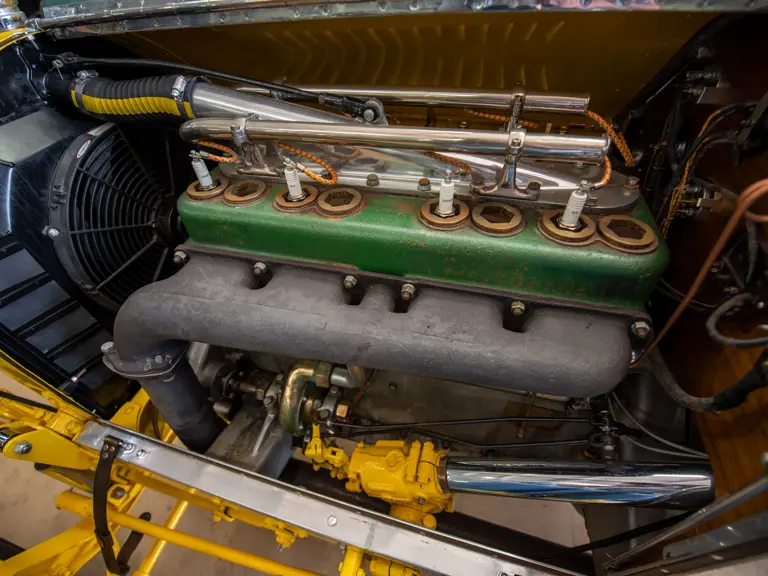

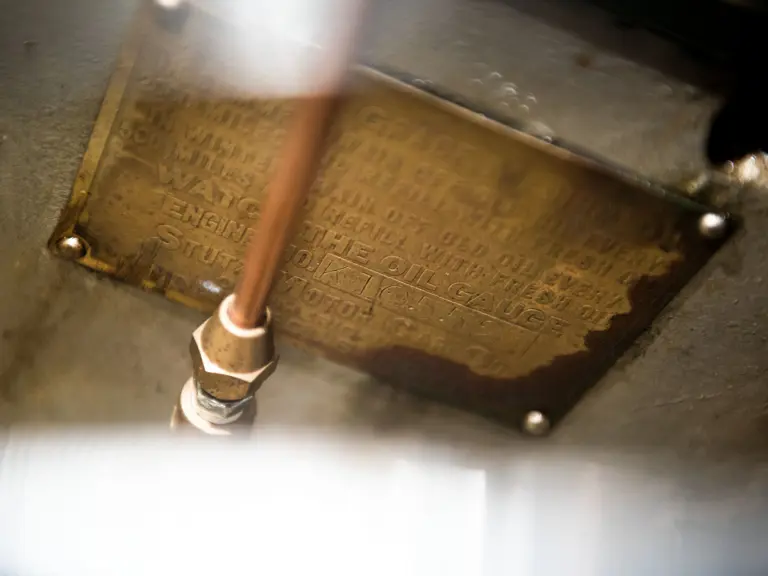
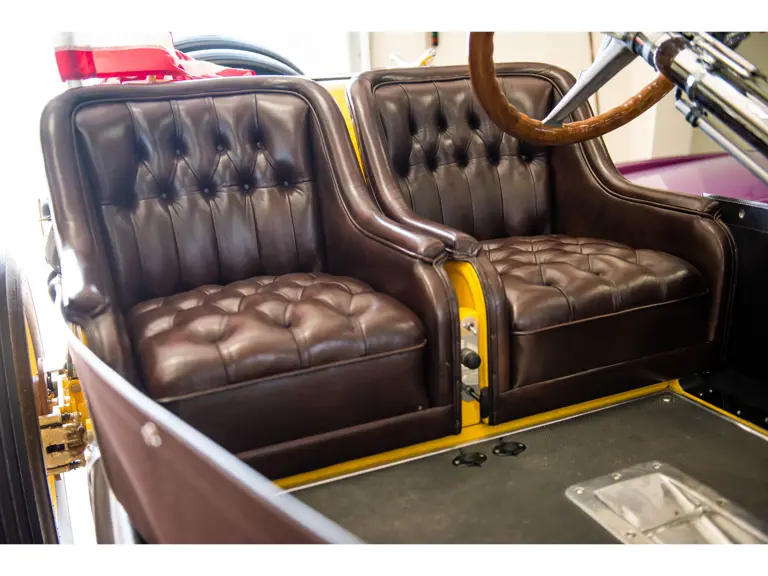
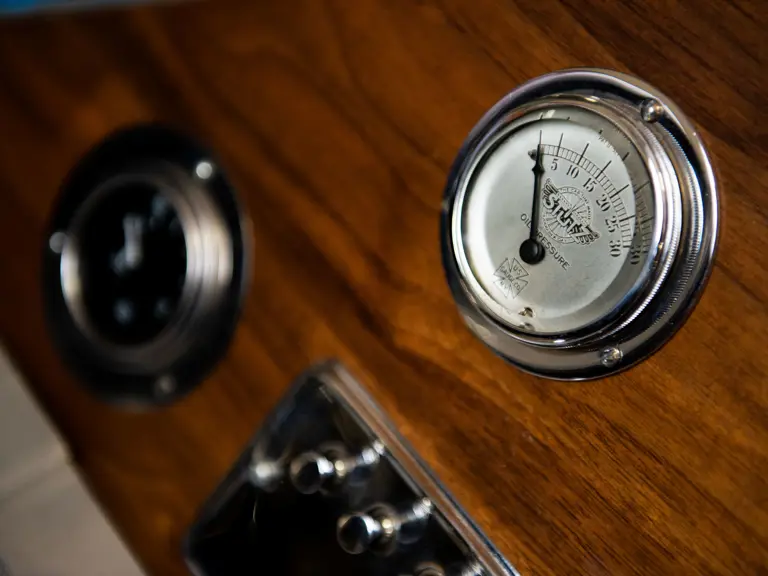
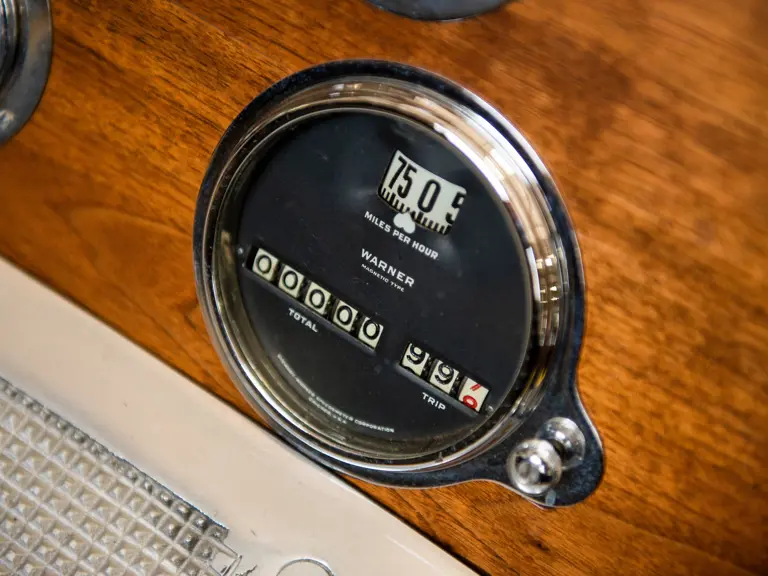

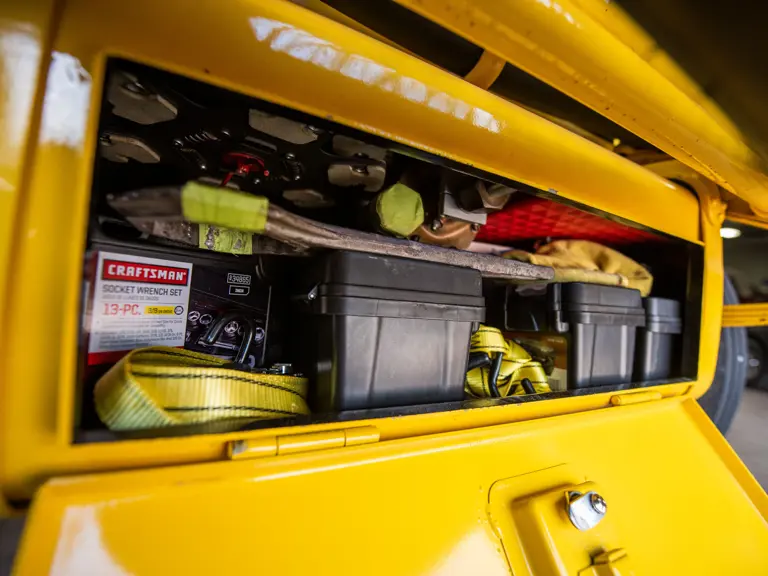
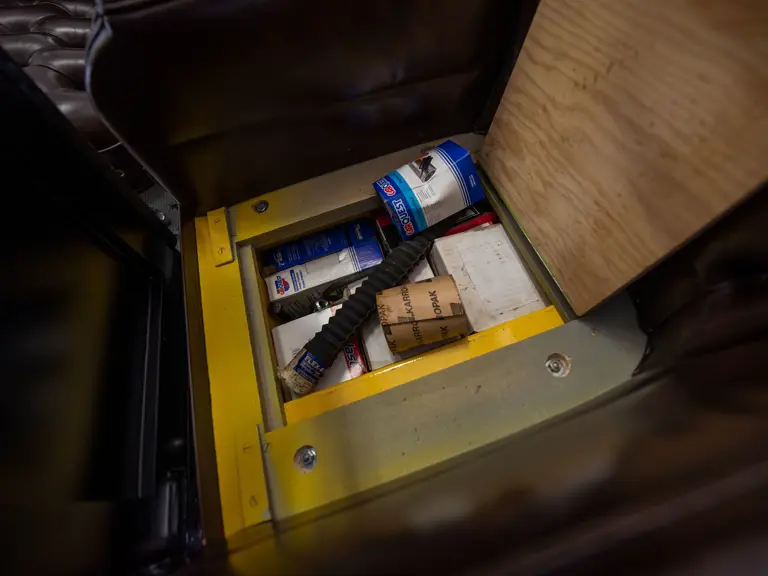
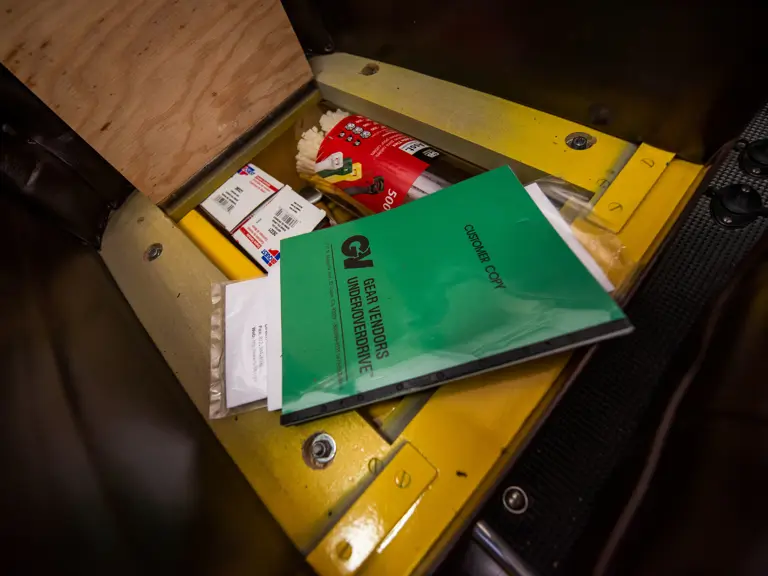
 | Hershey, Pennsylvania
| Hershey, Pennsylvania

